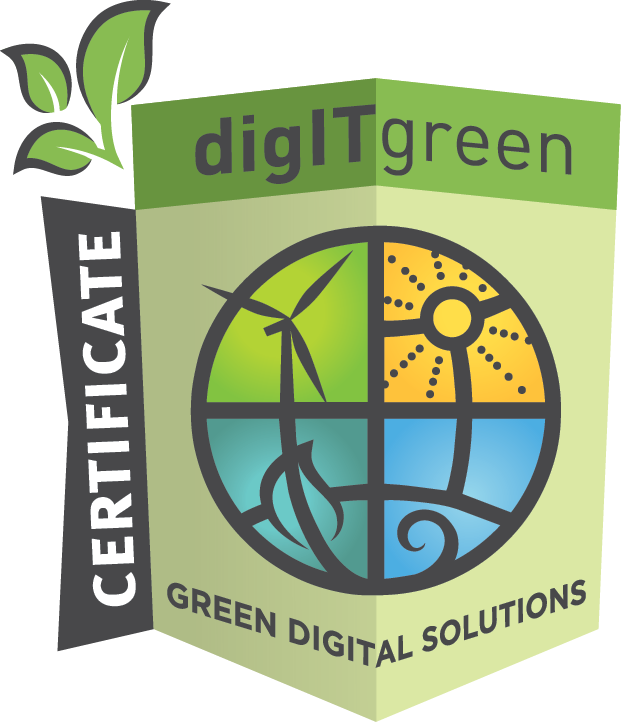Global Internet Traffic and Emissions
Since 2010, global internet traffic has skyrocketed—growing more than fifteenfold in just a decade. But this digital boom comes at an environmental cost. In 2020, the information and communications technology (ICT) sector was responsible for roughly 1.5% of global CO₂ emissions and consumed about 1.5–2% of the world’s electricity (src: IEA), according to the International Energy Agency. Every video streamed, email sent, and website visited contributes to this growing carbon footprint.
Every Click Counts
It’s easy to overlook the environmental impact of browsing the web, but every single click—every page you load—leaves a footprint on the planet. While it may seem small, the cumulative effect of billions of clicks across the globe is staggering.
For instance, each average webpage generates between 0.8 to 1.76g of CO₂ (src: Green Web Foundation). To put that into perspective:
- 1 page view = The same CO₂ as a small chocolate bar being produced
- 100 page views = The emissions of driving a car for about 1.5 kilometers (1 mile)
- 1,000 page views = The energy used to power a lightbulb for more than a day
These seemingly negligible emissions multiply fast when you consider the billions of people accessing the internet daily. And it’s not just about the number of clicks—content-heavy pages, like those with videos or high-res images, contribute much more CO₂ than simpler, text-based pages.
More Than Just Planes
When you think of major carbon emitters, planes probably come to mind. After all, air travel has a reputation for being one of the most environmentally damaging industries. But what if we told you that the internet—the very thing you use every day—actually emits more greenhouse gases than global aviation?
As of 2020, the internet now accounts for 3.7% of global greenhouse gas emissions (src: Our World in Data), which is greater than the emissions from all commercial planes combined. In fact, the entire aviation industry contributes around 2-3% of global CO₂ emissions, while the digital economy’s footprint continues to grow year after year.
Tomorrow’s Web
By 2030, the carbon footprint of the digital sector is expected to triple (src: European Union) — not because we’re careless, but because the digital world is growing at a breakneck pace, and sustainability simply hasn’t kept up.
What does “tripling” look like? If digital emissions triple by 2030, they could exceed 10% of global CO₂ emissions — that’s more than the entire global transportation sector today. Imagine:
- Every scroll, stream, and search compounding into irreversible climate pressure.
- A single high-resolution homepage loaded thousands of times daily equaling the emissions of a short-haul flight — and that’s just one site.
As more services move online — from banking and education to healthcare and entertainment — our digital infrastructure becomes one of the fastest-growing polluters on the planet.
This isn’t a future problem. It’s already happening. And by 2030, the damage could be locked in — unless we act now.

